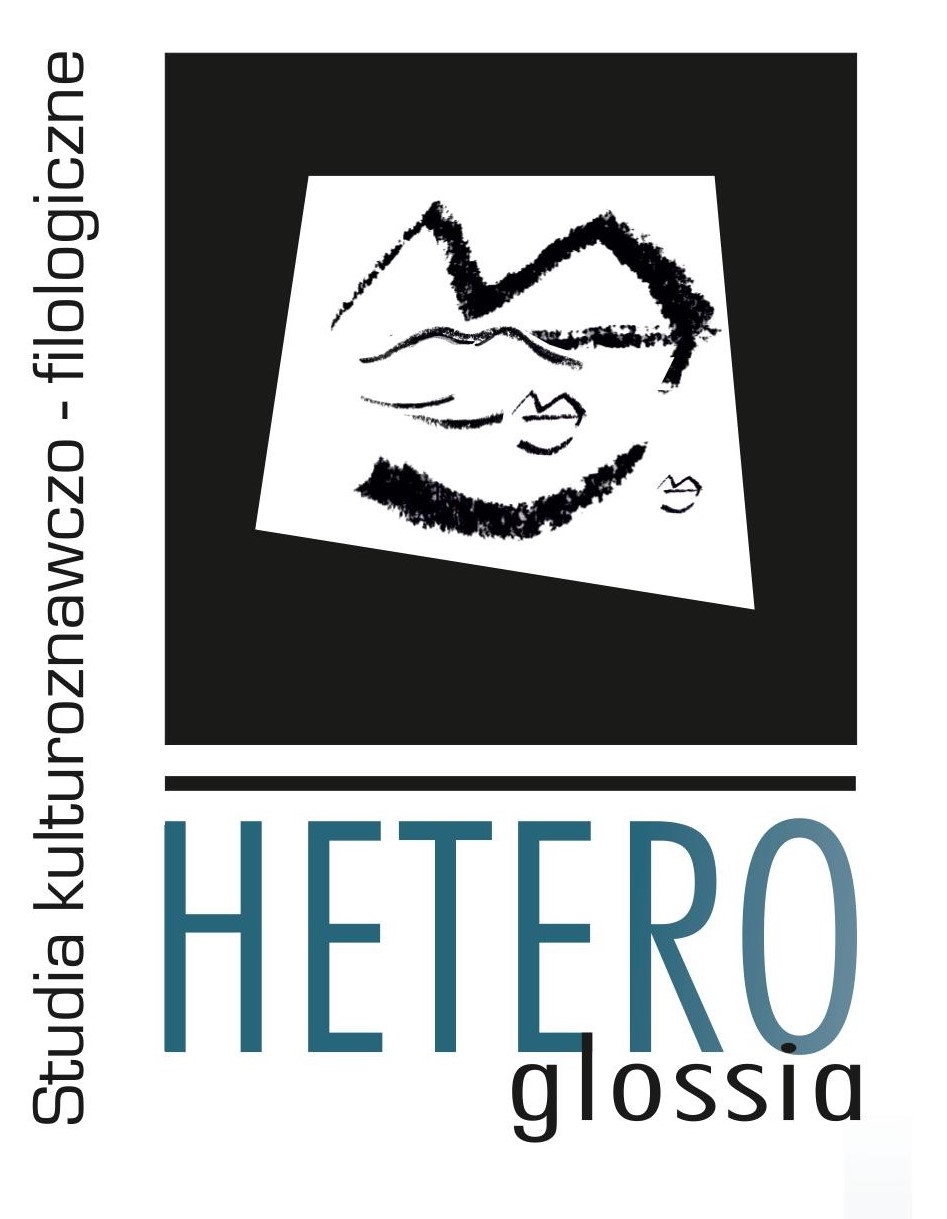Cielesność i ciało w E.E. Olgi Tokarczuk
Corporeality and body in Olga Tokarczuk’s novel E.E.
Author(s): Daria TargoszSubject(s): Language and Literature Studies, Fine Arts / Performing Arts
Published by: Wyższa Szkoła Gospodarki w Bydgoszczy (WSG)
Keywords: corporeality; identity; body; Polish prose; somatopoetics
Summary/Abstract: Olga Tokarczuk’s novel E.E. apart from the fact that it is the story of a 15-year-old girl with mediumistic abilities and her family is also affacted by the issue of corporeality. Especially inspiring, valuable cognitively and imoprtant from a perspective of this article seem to be the corporeality presentation of two main characters – Erna Eltzner and her mother. This article containing an in-deph reflection on the issue of corporeality of Olga Tokarczuk’s novel. The aim of the work is to analyze and interpret showed by Tokarczuk images of corporeality related to psychic andpersonality domain of the main characters. The main thesis is the assumption that corporeality is essential for the novel about the fate of Erna Eltzner. The aim is to look and subject the interpretation of the presented by Tokarczuk depiction of corporeality, capturing its function, reflection on the cosequences of the used way of imagery as well as to analyze what is the connection between the corporeality of the main character and gaining by her identity and independence. The methodology adopted in the project is based on the elements of Maurice Merleau-Ponty’s theory as well as the conception of somatopoetics by Anna Łebkowska. The essay’s author on the basis of somatopoetics theory brings us closer the functioning of the body as an interpretive category not just as a subject of literaturę, as well as using the tools created by somatopoetics examines various aspects of the manifestation of the category of corporeality in the novel.
Journal: HETEROGLOSSIA - Studia kulturoznawczo-filologiczne
- Issue Year: 2021
- Issue No: 11
- Page Range: 57-69
- Page Count: 13
- Language: Polish

